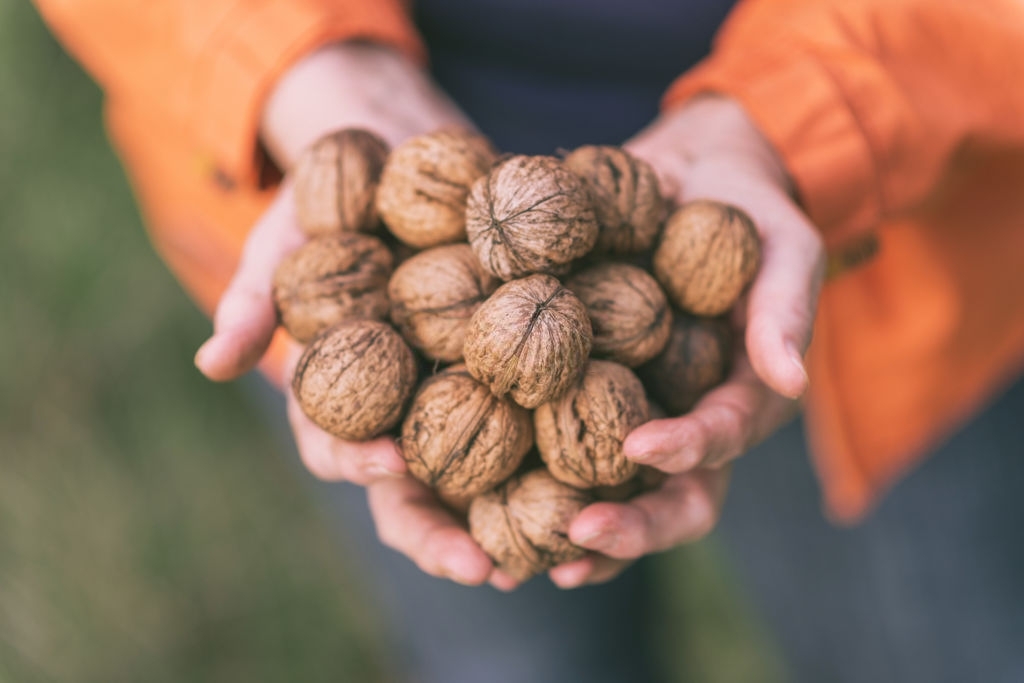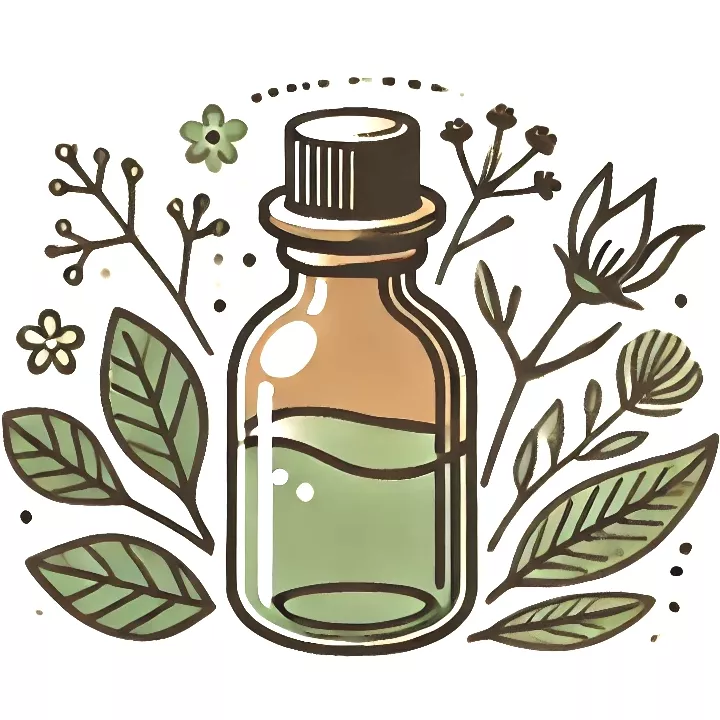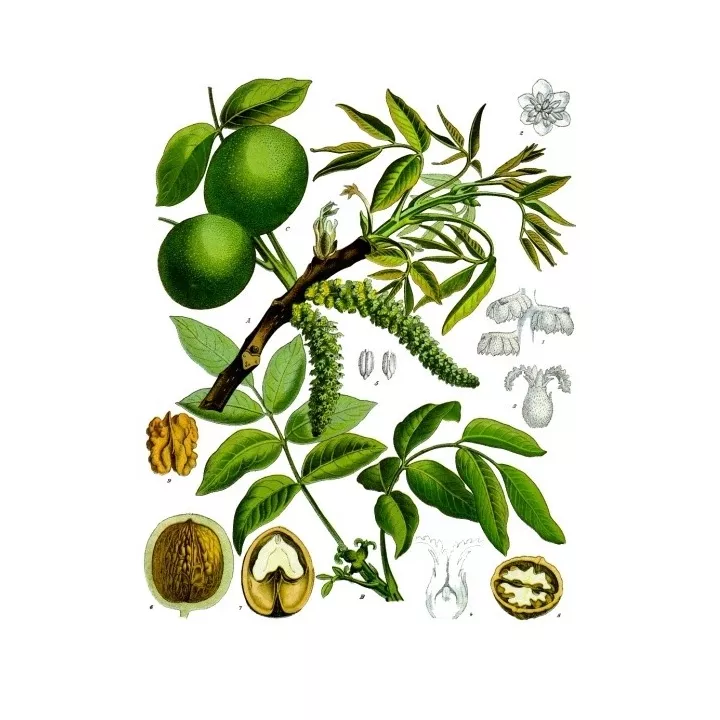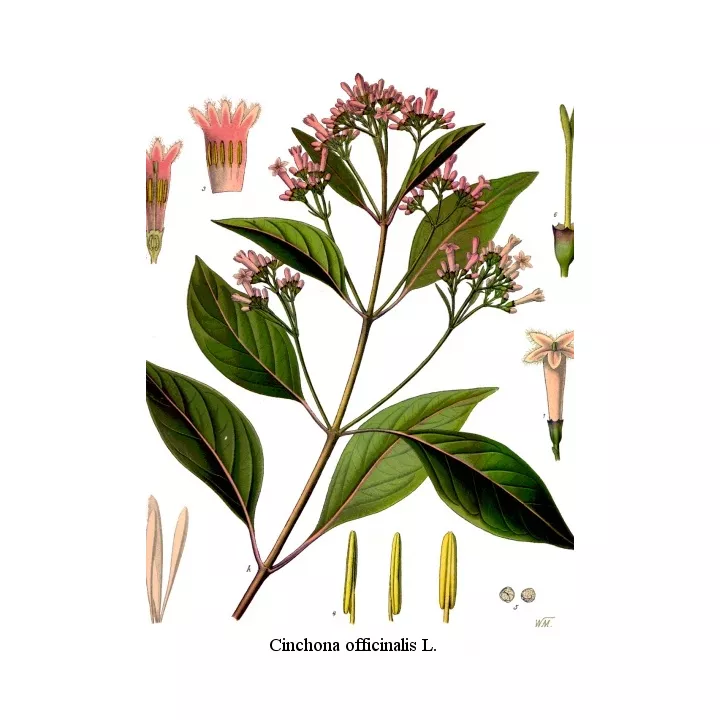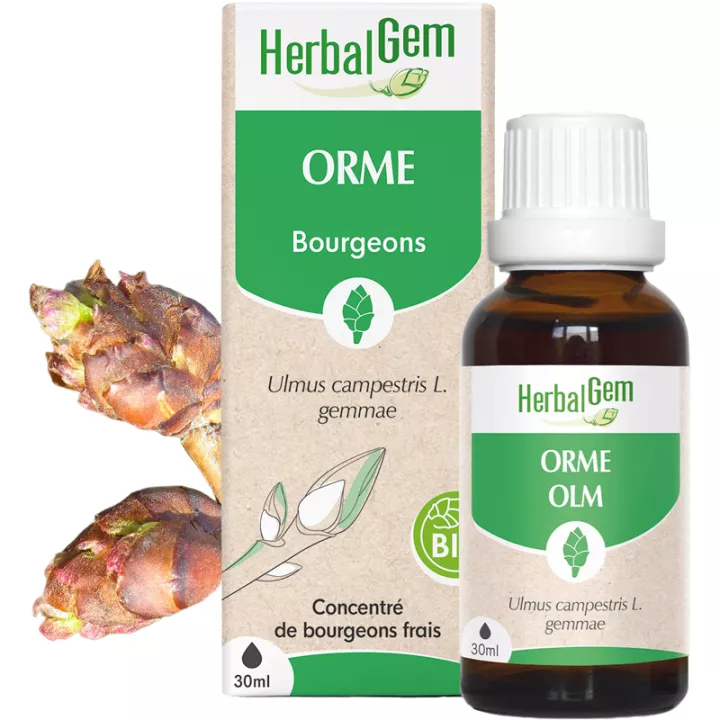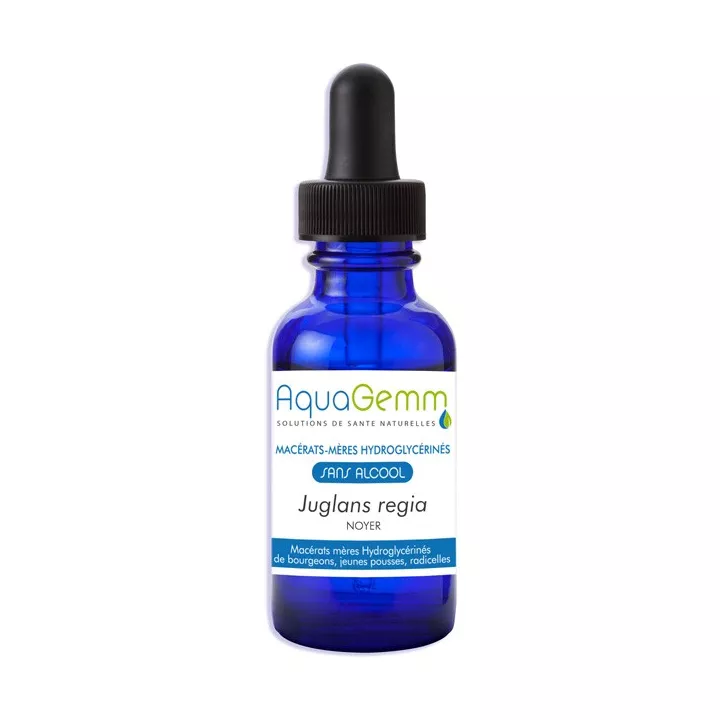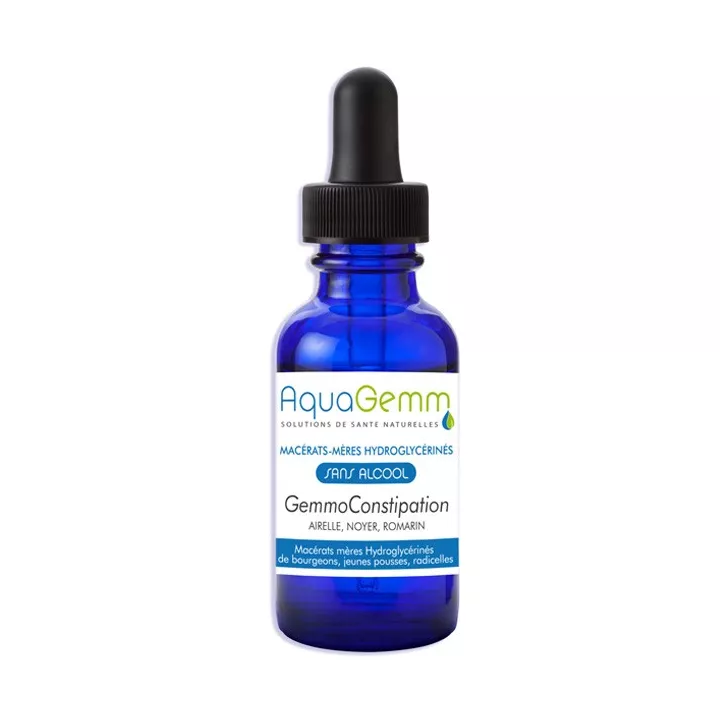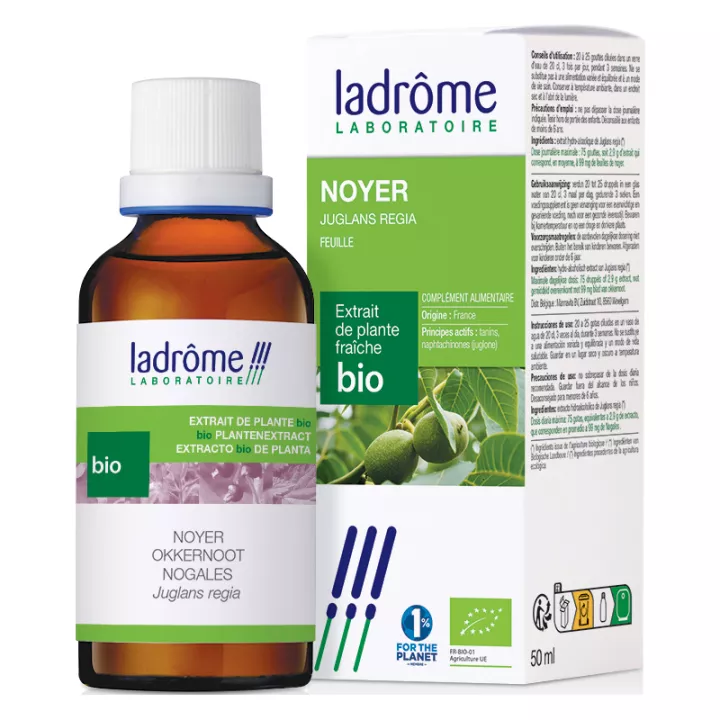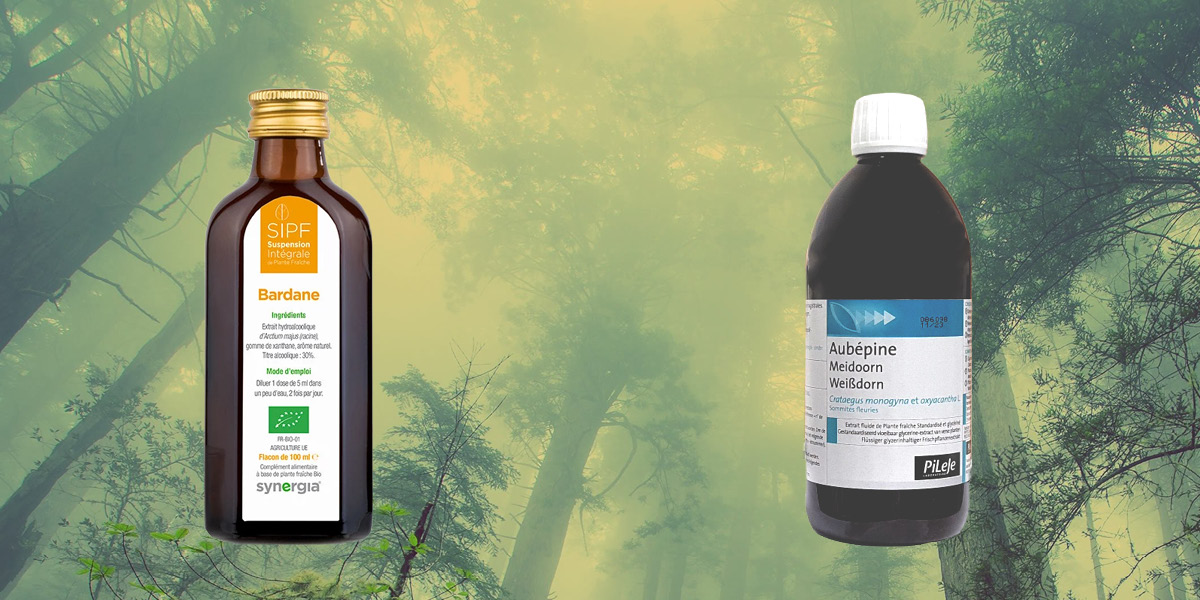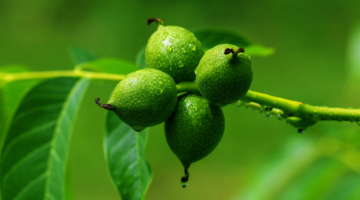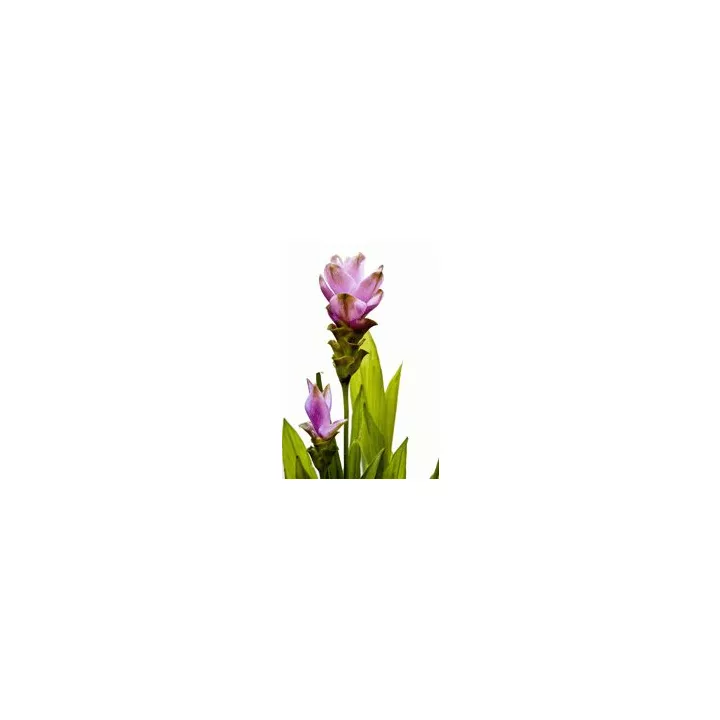These raw materials are marketed by the PiLeje laboratory. Our dispensing chemists combine them according to the formulation and choice of prescription of your naturopathic doctor. In practice, you order your blend from us according to your practitioner' s prescription, and you receive a personalized preparation of EPS (generally packaged in 150 ml bottles, depending on the duration of your treatment). Your therapist may have advised you to mix this medicinal plant with others to increase its effectiveness. In this case, please note the list of herbal fluid extracts to be mixed for your order, in the window provided, before adding this product to your shopping basket. Remember to enter the total volume of Standardized Herbal Fluid Extracts you wish to order, in the "Capacity" drop-down menu below the purchase price of this product.
What is Pileje Walnut EPS used for?
Pileje Walnut EPS is a liquid extract of walnut leaves, a treasure of traditional phytotherapy, used for its many health benefits. Walnut leaves, rich in tannins, are particularly effective in relieving symptoms of venous insufficiency, such as hemorrhoids. Thanks to its vitamin P properties, this extract strengthens capillary resistance, improves venous tone, reduces capillary permeability and stabilizes collagen, thus contributing to better vascular health.
In addition to its action on circulation,Pileje Walnut EPS has powerful antioxidant activity. In vitro studies have shown that this extract is more effective at scavenging free radicals than some benchmark antioxidants such as butylated hydroxyanisole (BHA) and α-tocopherol. This ability to neutralize free radicals protects your cells from oxidative damage, preventing premature aging and supporting your body's overall vitality.
On the anti-infectious front,Pileje Walnut EPS stands out for its antibacterial and antifungal properties. In vitro, it inhibits the growth of certain Gram-positive bacteria, such as Bacillus cereus and Staphylococcus aureus, responsible for food poisoning. In addition, this extract combats skin mycoses by inhibiting the growth of fungi such as Microsporum canis and Trichophyton violaceum, bringing relief to sufferers of these infections.
One of the key benefits ofPileje Walnut EPS is its anti-diarrheal effect. The tannins present in walnut leaves act by tightening the digestive mucosa and inhibiting the enzymes responsible for diarrhea, while maintaining normal digestive function. This product is particularly useful in the symptomatic treatment of mild diarrhoea, particularly of infectious origin, offering a balance between efficacy and safety.
On the metabolic front,Pileje Walnut EPS helps regulate blood sugar and lipid levels. Clinical studies have shown that regular consumption of this extract reduces fasting blood glucose, total cholesterol and triglyceride levels in patients with type 2 diabetes. This makes it a valuable ally for those seeking to control their diabetes while benefiting from the antioxidant and detoxifying properties of this extract.
Finally,Pileje Walnut EPS has promising anti-cancer properties. Juglone, a compound found in walnut leaves, has shown cytotoxic effects on various cancer cell lines, including breast, prostate and lung. In addition, this extract aids vascular relaxation and protects the endothelial cells of the human aorta, contributing to better cardiovascular health.
We suggest you prepare your own personalized blend of EPS preparations in the pharmacy, according to the formulas recommended by your Naturopathic Physician.
How to use this product
To get the most out ofPileje Walnut EPS, we recommend taking 5 ml once or twice a day. Use the measuring cup supplied in the case for optimum precision. This supplement should be diluted in a large glass of water or fruit juice, preferably taken between meals. Supplementation generally lasts from 9 to 18 days, but can be renewed according to your specific needs.
1 to 2 teaspoons per 1 to 3-month course of treatment. Traditionally used for these signs
- Functional colopathy with loose stools: EPS Walnut + EPS Turmeric + EPS Lemon balm aa, 2 tsp/day for 15 days - renewable depending on clinical condition.
- Acute diarrhea: EPS Walnut + EPS Echinacea + EPS Alchemilla aa, 2 tsp with the first dose, then 1 tsp with each loose stool.
Give your opinion on the advice for use and dosage ofEPS Noyer Pileje with our partner Avis Vérifiés after your purchase.
Precautions for use
It is important to note thatPileje Walnut EPS is not a substitute for medical diagnosis. The information provided here does not replace a consultation with a healthcare professional. Nor should this dietary supplement replace a varied, balanced diet and a healthy lifestyle. Excessive consumption may result in laxative effects. Take care not to exceed the indicated daily dose, and keep this product at room temperature, out of the reach of children. Be sure to consume this product before the expiration date indicated on the packaging.
Under no circumstances can the information and advice provided constitute a diagnosis, which must be examined by your doctor. Nor does it replace a consultation with a doctor. Under no circumstances should they replace medical treatment.
What does it consist of?
Pileje Walnut EPS is composed of carefully selected ingredients to guarantee maximum effectiveness:
Juglans Regia Walnut Extract (Leaf), Glycerin of Vegetal Origin.
Presentation
Pileje Walnut EPS is available in tinted bottles of 60, 90, 150, 300 or 500 ml, depending on your needs.
